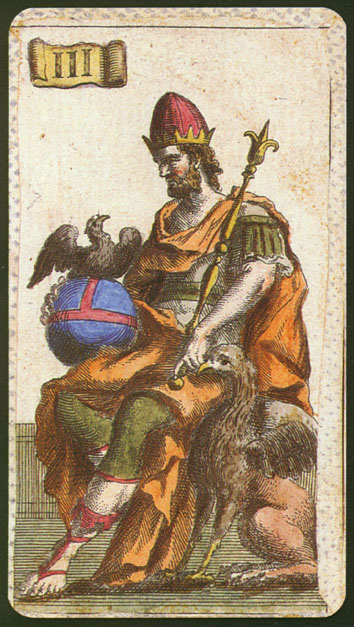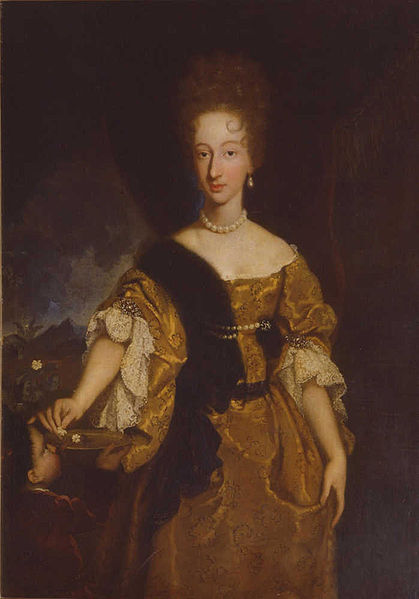mmfilesi wrote:Perfect, thanks Huck. I need analyze this. These crowns are very strange. Seem crowns of Papa seem, not crowns of Emperor.
...

... I think, that you shouldn't think to complicated, we're in a card game.
The versicole ... we don't know much rules of the early Minchiate. But most of these crowns belong either to the Papi (and I would say, that means "fathers" and not Popes) or the Arie, cards, which are used for the versicole system. The only exception is 16 Hope, which is not a Versicole card in the later known rules, but might have been in earlier rules, cause it is the "lowest card of row 16-35" (so something like a second Pagat or Bateleur in the Minchiate), which easily one might have had special function.
A usual game character feature would be a mirroring principle.
36 star - with crown + 5 (with crown)= 41
37 moon - no crown + 4 (with special crown = 41
38 sun - no crown + 3 (with special crown) = 41
39 world - with crown + 2 (with crown) = 41
40 Fama - with crown + 1 (with turban) = 41
So we see thee, that moon and sun are mirrored by the special crowns.
Also one should see, that something had happened in Bologna in
1725 with Trionfi cards ... why was this deck just made in the same year?
There we have:
3. Gr Duke Cosimo III of Tuscany (1670-1723), *14.8.1642, +
31.10.1723; m.Florence 20.6.1661 Marguerite-Louise d'Orléans (*28.7.1645 +17.9.1721)
* K1. Ferdinando III, Hereditary Prince of Tuscany, *9.8.1663, +31.10.1713; m.Munich 21.11.1688 Dss Violante Beatrice of Bavaria (*23.1.1673 +30.5.1731)
* K2. Anna Maria Louise, *Florence 11.8.1667, +Florence 18.2.1743, bur there; m.5.6.1691 Kfst Johann Wilhelm von der Pfalz (*19.4.1658 +18.6.1716)
* K3.
Gian Gastone Grand Duke of Tuscany (1723-37), *Florence 24.5.1671, +Florence 9.7.1737 - last male member of the family; m.Düsseldorf 2.7.1697
Dss Anna Marie Franziska of Saxe-Lauenburg (*13.6.1672 +Reichstadt 15.10.1741)
http://en.wikipedia.org/wiki/Anna_Maria ... -Lauenburg
http://en.wikipedia.org/wiki/Gian_Gasto ... of_Tuscany
So we have it to do with this somewhat drunken person ...
and his sister-in-law, "dull and ugly", as her husband saw her:
http://en.wikipedia.org/wiki/Violante_of_Bavaria
I would assume, that it was she, who took influence on this deck, perhaps with the intention to moderate her drunken brother-in-law to some more convenient behavior.





